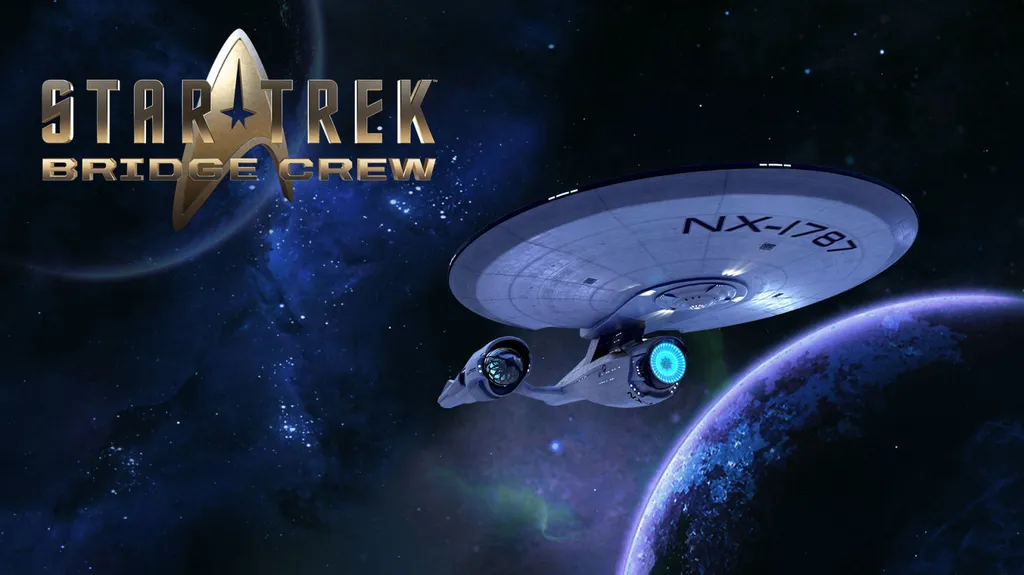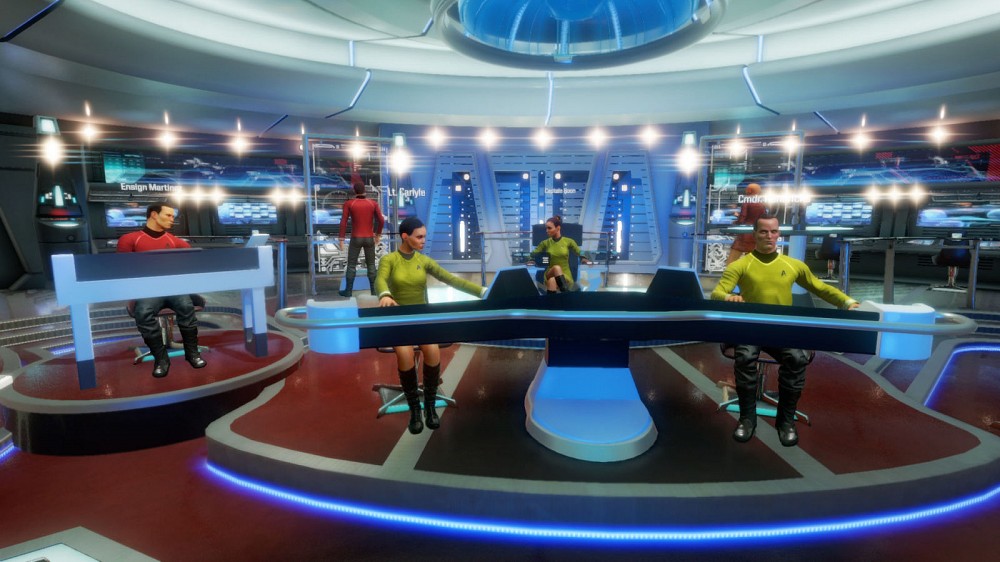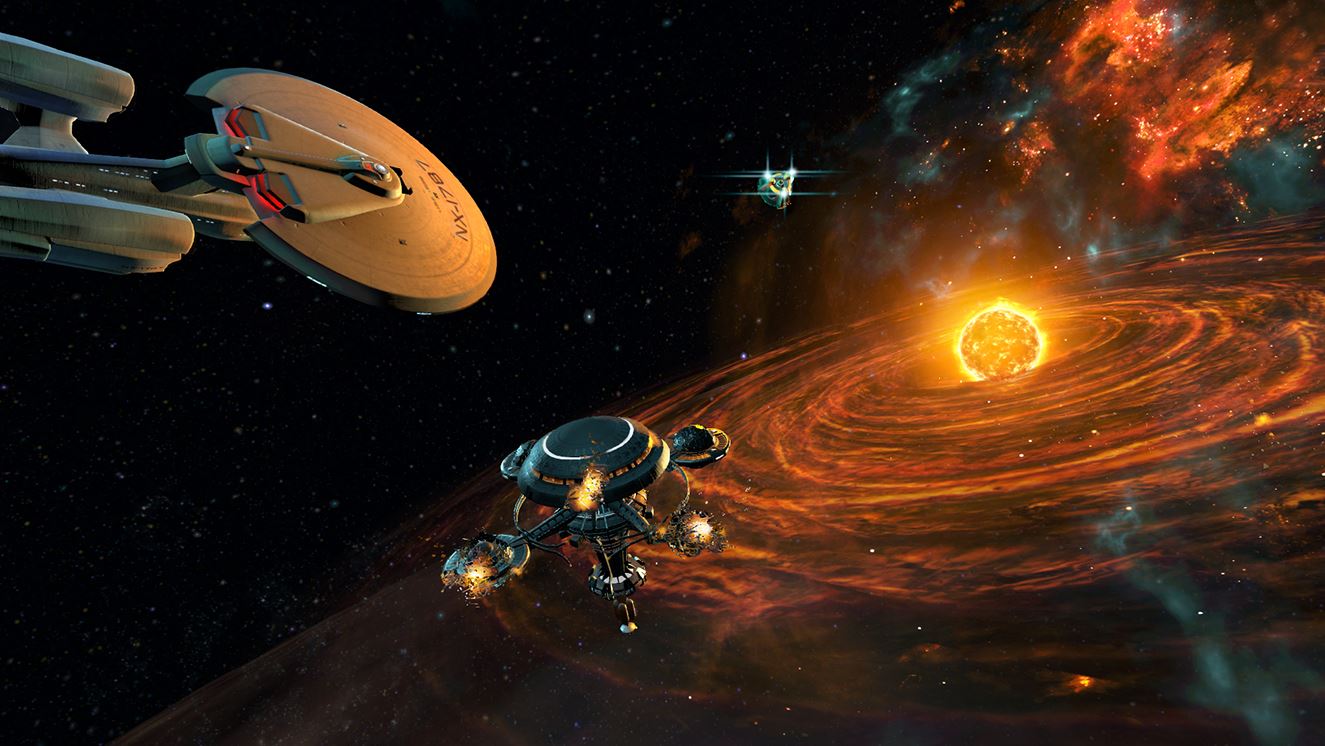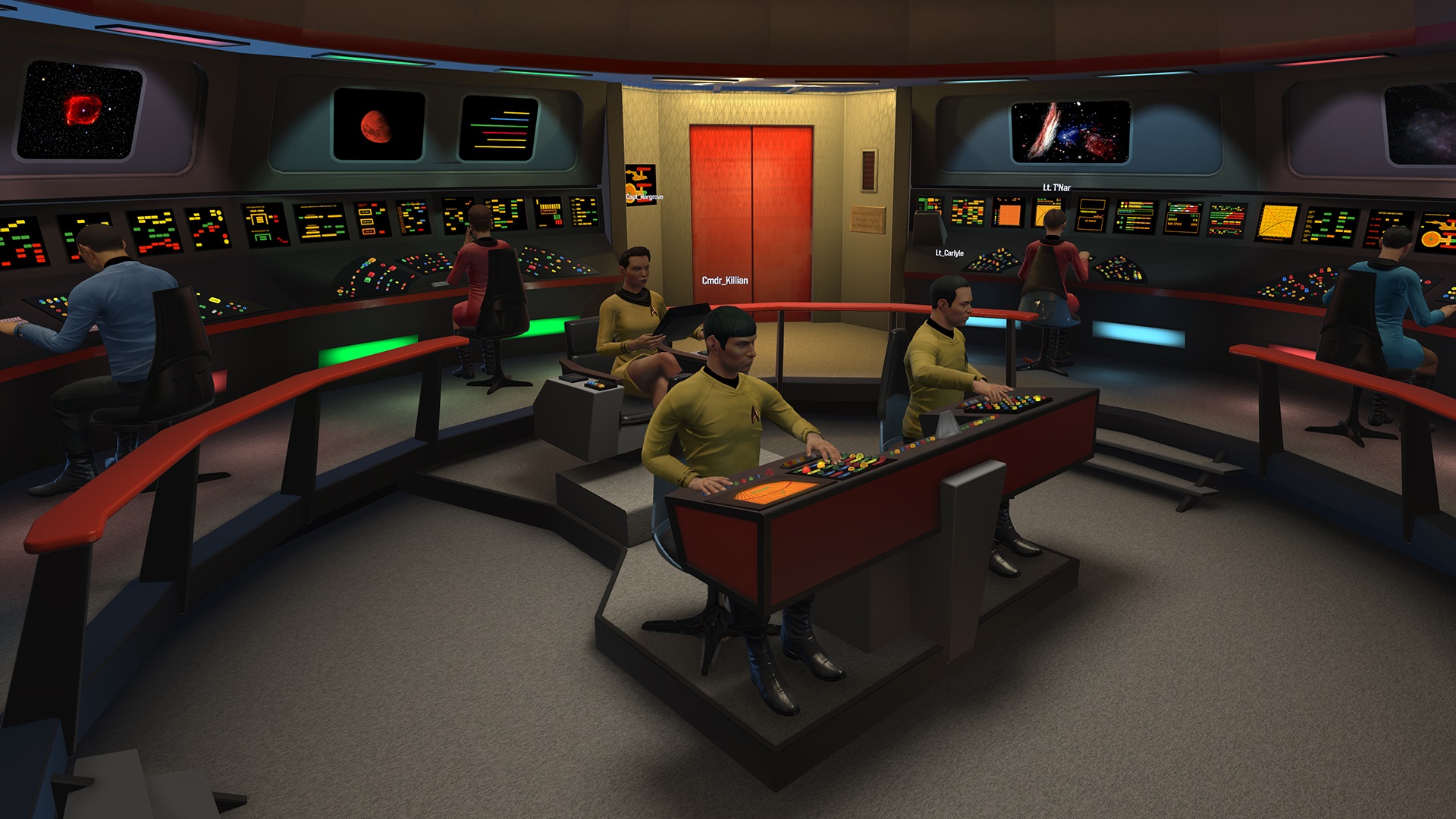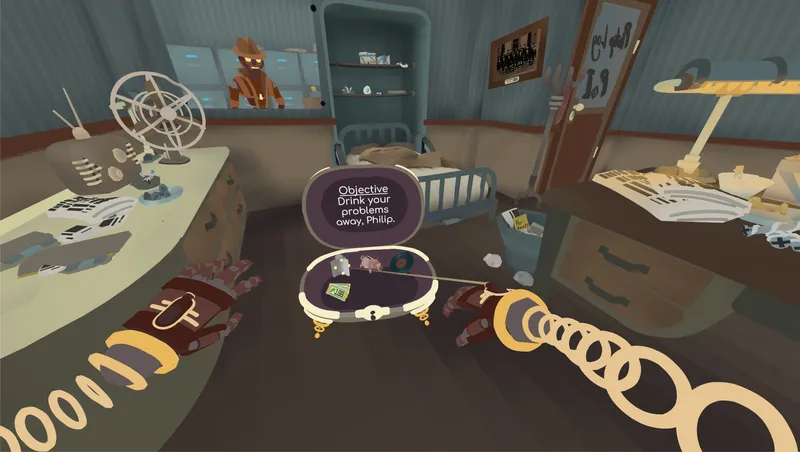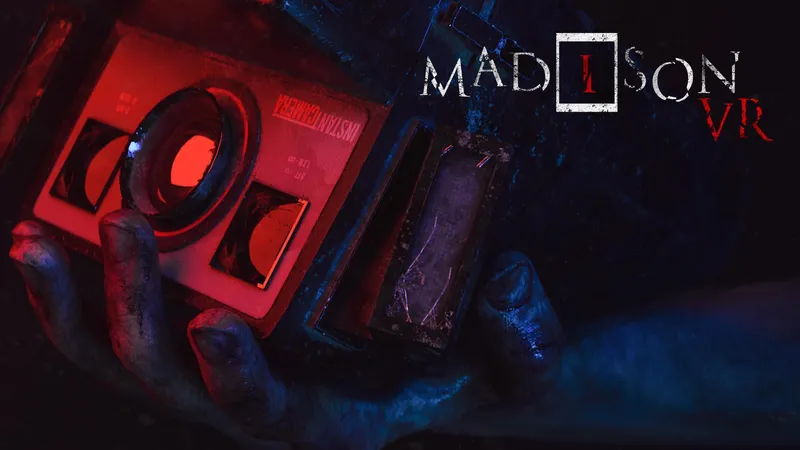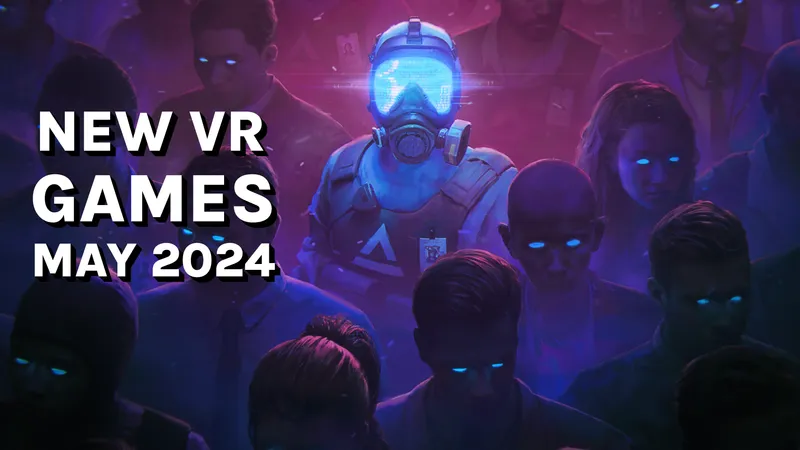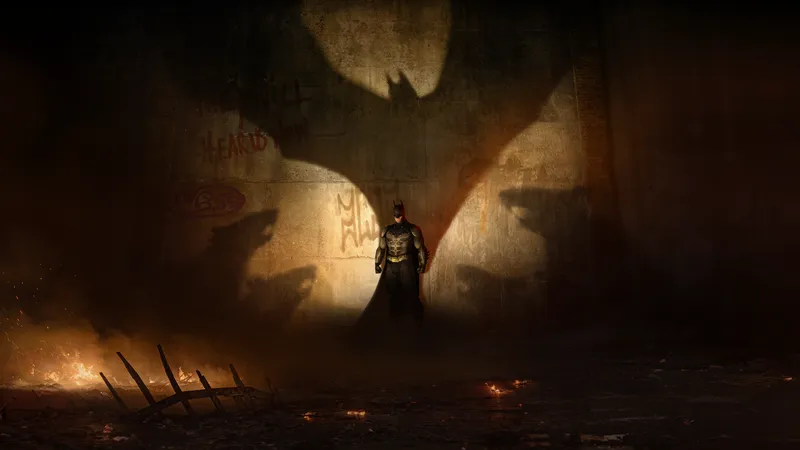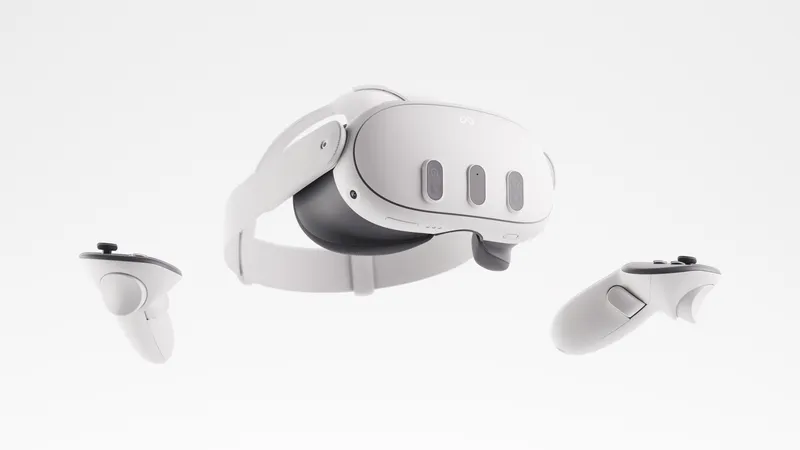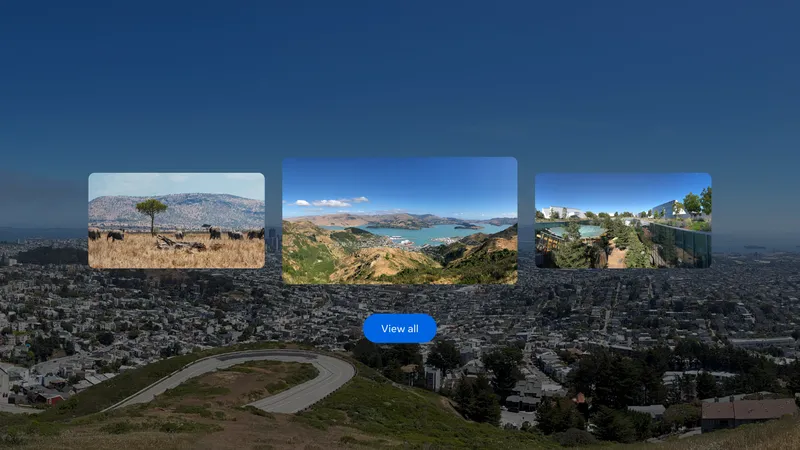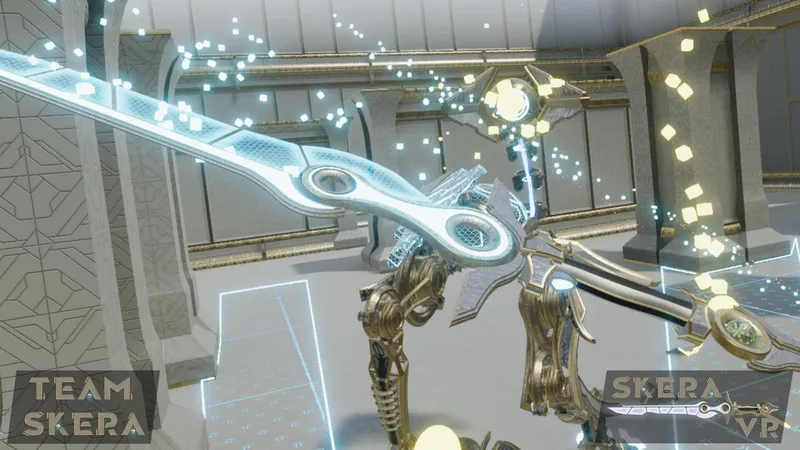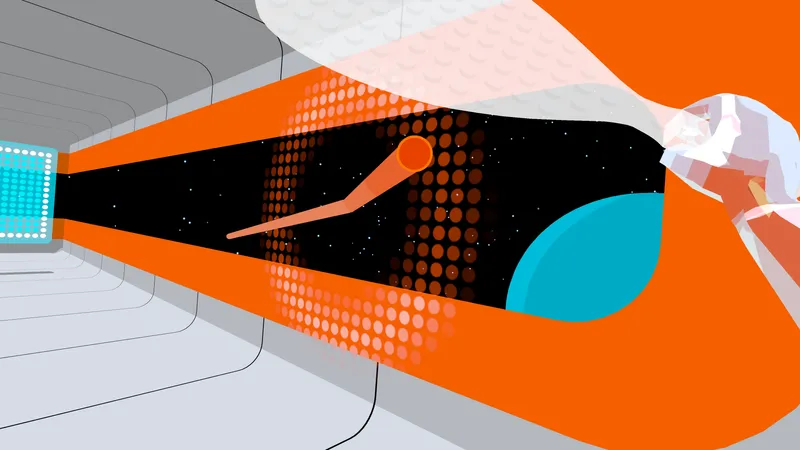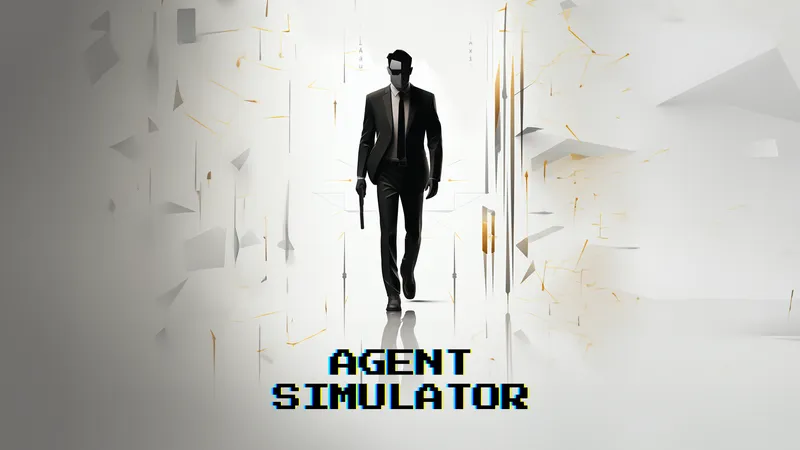In front of me to my left sits Tal Blevins, Editor-in-Chief of UploadVR. But in this moment he isn’t my boss; he’s my subordinate. Currently he’s my acting Helmsman aboard the U.S.S. Aegis and is in charge of steering our ship through deep, dark space. Then I’ve got Ian Hamilton, Senior Editor, taking over duties as the ship’s Tactical Officer to the right — he’s in charge of phasers and torpedoes. Off to the far right at the Engineer’s station is Joe Durbin, Staff Writer at UploadVR, allotting power to various systems, repairing damaged sectors, and handling transports. I’m perched atop the Captain’s chair, barking orders and mashing the Red Alert button anytime someone oversteps their bounds. It’s a thankless job, but someone’s got to do it and that’s what Star Trek: Bridge Crew is really all about.
After what felt like years of waiting (despite the game only being announced less than a year ago) we are now officially at launch week for Star Trek: Bridge Crew from Ubisoft and Red Storm Entertainment, one of the most impatiently anticipated VR games yet.
In the most basic sense playing Star Trek: Bridge Crew is a lot like playing a button pressing and loading bar watching simulator in VR. The entire game is designed to simulate the experience of sitting on the bridge of a ship ripped right out of the Star Trek mythos as you work together as a crew to complete missions. The developers did an admirable job of wrapping it all up in a glossy package that looks and feels like something more, but ultimately the game can be boiled down to flipping switches, twisting knobs, and pushing buttons.
You’re not gonna beam down from the ship on the Away Team to explore foreign worlds. You won’t venture into the Holodeck to push the boundaries of your imagination. You won’t have deep, philosophical conversations about the vastness of space or the intricacies of humanity. In this way, Star Trek: Bridge Crew is a very singularly focused, specialized, and limited experience. It simulates the moment-to-moment interactions of a bridge crew, as the title suggests, and that’s really it. But thankfully that can still be a ton of fun.
Your ship is split into four roles: Helm, Tactical, Engineer, and Captain. Each role functions independently but also relies on the other roles in order to perform at maximum capability. The best crew will communicate constantly and work as a team to achieve a shared objective. A single chair disobeying orders or not pulling their own weight can tank an entire operation.
The Helmsman is in control of steering the ship, the Tactical chair handles the ship’s combat munitions such as phasers and torpedoes, the Engineer manages the ship’s power allotment, and finally the Captain is the conductor of it all, issuing orders, monitoring systems, and plotting the ship’s journey.
When you’ve got a full complement of crew members aboard the ship (that means you and three other live human players) it’s one of the most collaborative and engaging things you can do in VR. If you don’t have three friends with VR then you can always jump into a quick match to meet and find new people online. When playing with friends your banter will feed directly into the team’s degree of entertainment and it rarely feels like you’re following orders or flying a virtual spaceship — it’s just like you’re hanging out with your buddies in space.
That being said the game is still entirely playable either on your own or with a smaller crew size. If you’re alone then you take the role as captain and issue orders to your A.I. teammates instructing them to do things like pursue a target, engage, raise shields, or anything else you’d need to do. There’s a lot of actions, objectives, and orders to juggle so playing solo can be an incredibly stressful and overwhelming way of experiencing the game. You can take over any role you want at any time for more nuanced moments. So if you can handle everything at once successfully, it’s immensely rewarding.
The best way to play is with four people total, but playing with three is fine as well. Leaving the Captain’s chair empty (or just taking over that spot as needed) is very easy to do and frankly isn’t missed very much in most cases. But you’re gonna usually want someone at the Helm and Tactical spots pretty much at all times if possible.
In terms of content Star Trek: Bridge Crew has a lot on offer. There’s the base campaign which consists of about six total missions that each take about 30-45 minutes to complete, give or take. The whole structured campaign will take most people around 3-4 hours to complete with a full crew.
After that you’ve got the Ongoing Voyages mode which has a handful of different mission types to choose from such as Defend, Rescue, and otheres. When you select a mission the details such as number and type of enemies, locations, and objectives will all be randomly generated to help avoid repetition. In this mode you can also opt to pilot the Original Enterprise from the very first Star Trek series. It’s an incredibly authentic recreation of the iconic 60s-style sci-fi ship, but is far from being the most intuitive of the bunch.
Star Trek: Bridge Crew also presents a wealth of options when it come to how you’d like to play the game. Each platform features full cross-platform multiplayer so regardless of whether you have a PlayStation VR, Oculus Rift, or HTC Vive, you can play with any and everyone that has the game. Furthermore, you can play either with a gamepad or with you chosen platform’s motion controllers. In essentially all cases I recommend playing with motion controllers if at all possible.
Using the DualShock 4 on PSVR or an Xbox One Controller (or any other PC gamepad) for Rift and Vive is certainly playable, but it’s far from ideal. Since you can’t control each hand’s movement independently you instead cycle through selection options using the two analog sticks and press either L2 or R2 to make selections. It takes a lot of practice to get used to and just never feels like a capable replacement for the Vive wands or Touch controllers. I had a lot of tracking issues with the PS Move controllers, but this was mostly a hardware issue and not a knock on the game itself.
And if you’re looking for the absolute best way to play Star Trek: Bridge Crew then that is undoubtedly with the Oculus Rift and Touch. Since the game takes advantage of the controllers’ capacitive touch features it recognizes when you are pointing with your fingers so it feels much more natural to reach out with your finger while pulling a trigger than it is to pull the Vive or PSVR triggers independently to make selections. The added variety of digit movement makes gameplay feel smoother and dramatically improves the sense of presence. Since the game is a seated, front-facing experience only you don’t even miss out on the Vive’s roomscale features in the first place.
In a lot of ways Star Trek: Bridge Crew absolutely nails what it means to be part of the Star Trek universe. Never before has a game been able to believably put players on the bridge in such a directly immersive way. From hailing other ships, battling Klingons, and graduating from the Starfleet Academy, to helming the Original Enterprise as captain, it’s like a dream come true for many fans.
But with that being said, it misses the mark in a lot of areas as well. Star Trek, at least as a TV show, has never really been about the action scenes or intense set piece moments. It’s a brand that represents the good in humanity and focuses on a future of growth and prosperity. Rather than establishing a clear line between good and evil (such as the Jedi and Sith in Star Wars) Star Trek is instead full of moral grey areas posing hard questions and impossible scenarios.
In that regard, Star Trek: Bridge Crew feels entirely hollow. The campaign’s narrative is less compelling than even the most juvenile fan fiction and none of the characters are worth remembering. Even though you won’t find yourself pondering your existence in the world as a human, Star Trek: Bridge Crew will still have you building memories and embarking on amazing adventures, you just have to supply the crew and personality yourself.
Star Trek: Bridge Crew is a triumphant recreation of what it means to be on the bridge of an Enterprise-caliber ship from the classic sci-fi universe. If you play with friends then you’re bound to have an amazing time full of laughs, stress, and action. Playing alone is tough, but doable The bulk of your time will likely be spent with the randomized Ongoing Voyages mode since the campaign is brief and shallow. If you’re searching for a game that captures the esoteric and cerebral nature of Star Trek, though, then you’ll be a bit disappointed. Otherwise, live long and prosper with Star Trek: Bridge Crew!
Star Trek: Bridge Crew is set to release for Oculus Rift, HTC Vive, and PSVR on May 30th. Read our Content Review Guidelines for more information on how we arrived at this score.

